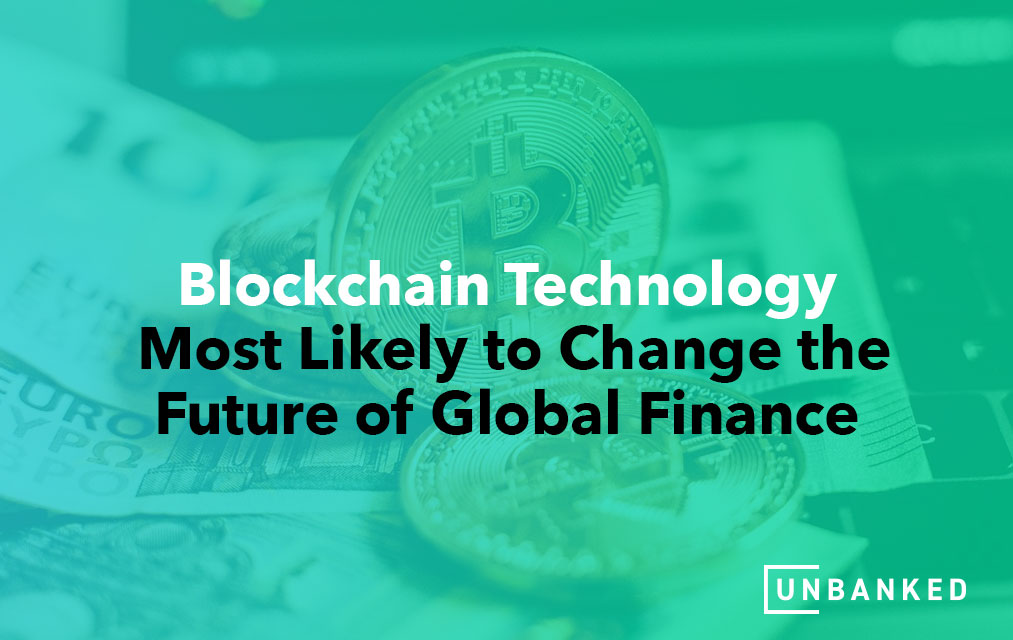In a world of 7.8 billion people, there are over two billion who don’t have a bank account. This gives them a lack of financial security that can help many of them in how they live their lives. Many of the markets involving the underbanked population are low to middle income. While most of these markets are emerging from lower GDP countries, there are numerous countries with high GPD that also have their fair share of underbanked citizens.
The exclusion of many traditional financing services creates many different barriers for those citizens. Many of these include:
- Lack of a trustable infrastructure for any local banking needs. This is especially relevant in remote areas of the world.
- There’s also the fact that many cannot maintain the minimum deposit that many financial institutions require.
- Many also don’t have the required identification needed to even register for an account as a customer.
The list goes on and on. Without this access to banking, these unbanked individuals cannot participate in most of their areas’ financial and economic growth. Nor are they able to take advantage of the interest and the security that financial institutions can provide.
These individuals make up a large market that is far from being served by many of the current institutions. With many countries developing faster due to technology, many of these new and older banks won’t extend any credit to them. If they do, the interest rates are high than usual to offset the risk these banks will take. This is a significant roadblock for those unbanked individuals.
Blockchain is the Solution
When it comes to the well-being of many people in developing and currently developed countries is financial security. Unfortunately, the current financial institutions have left many behind. They are showing no signs of allowing anyone to keep up or lend a helping hand. However, blockchain technology is starting to make a difference where others have failed or refused to do so.
This technology has opened up new doors for the unbanked to access services they couldn’t find or get elsewhere. This can and will help these people elevate their living standards. Plus, this technology will also see a lower operational cost when it comes to serving those areas. This is especially helpful for those in regions where traditional banking systems can’t or won’t cover.
Blockchain as a System of Rescue
Not all heroes wear capes, but blockchain should. Due to its digital nature, blockchain can become a new catalyst in the financial market for the unbanked and help them raise that standard of living, which will help grow the regional market.
A digital and decentralized system for finance using blockchain and even cryptocurrency can work hand-in-hand to help benefit the unbanked and the traditional banking system on a global level. This can potentially boost local and remote markets worldwide and thereby help those in the areas where banking is limited or non-existent.
The Differences with Traditional Banking and Blockchain
Traditional banking has higher operational costs. A micro-transaction is costly for many financial institutions to handle, while with blockchain, the charge is minimized. This gives banks recurring payment costs per every transaction. These larger volumes increase costs and technical challenges like server issues for many banks. Also, customers pay for this at higher fees for any services they need. This has a substantial effect on the unbanked, who are unable to pay for services due to limited funds or other reasons.
Blockchain is more decentralized, which means it can operate with costs that are substantially lower than its traditional counterparts. With blockchain, micropayments are no longer an issue for the unbanked. The transactions are handled with minimal cost. This gives the unbanked more convenience. On top of this convenience, there is more security with their money. With Bitcoin’s volatility lowering, many of the unbanked may find this a more favorable alternative as an asset than traditional financial systems.
Since many banks rely on a customer having a proper ID, this has proven a dead-end for many of the world’s unbanked individuals. Blockchain has proven more comfortable to work with as it assists banks and the unbanked by giving these individuals a digital identity to use specifically for financial purposes. These can be banking, amongst others. Blockchain makes the system much more efficient and painless for those involved.
Future Financial Inclusiveness
Saving money may seem an easy task for many, but for the unbanked, it’s a roadblock that many can’t hurdle. Building savings or receiving money is challenging for those who are unable to get a bank account. To make blockchain more attractive, many companies using this technology are working to build a future with full financial inclusion.
This is making the environment more trustworthy by engaging in crypto and engaging in practices that show the best compliances in the industry. With many people embracing this open financial system, blockchain has become a surging trend and lifesaver for the unbanked. Many blockchain companies believe that inclusiveness will also drive sustainability for the unbanked as well as those who can take part in traditional systems of finance.
With the population of the world increasing and the digital world moving faster by the day, blockchain is making strong and favorable strides forward. With an inclusive system that drives better compliance standards than traditional banking while offering security, many of the unbanked are finding a new boost in their standard of living by taking advantage of this new and growing system.
The unbanked is an entire market of two billion people who need the security that blockchain can provide. As many traditional financial systems refuse to change their standards for these people, blockchain is emerging as a super economic power that promises inclusion for the banked and the unbanked. As new markets emerge, blockchain will see a steady rise in use amongst those who need the security and well-being this system offers.





